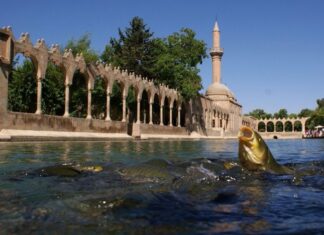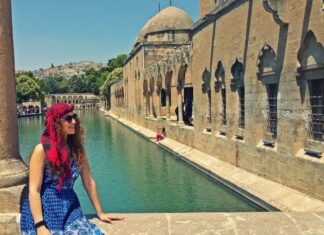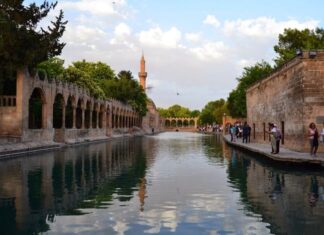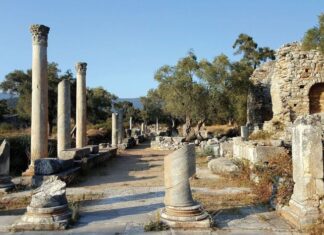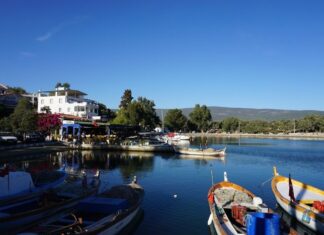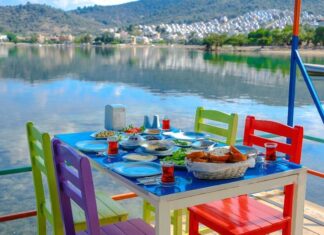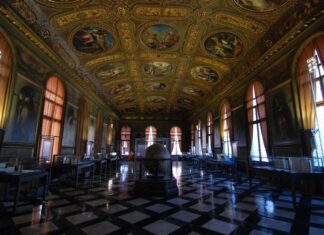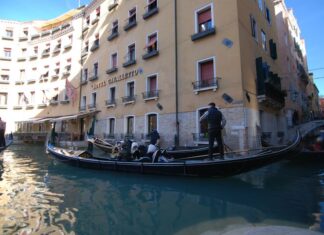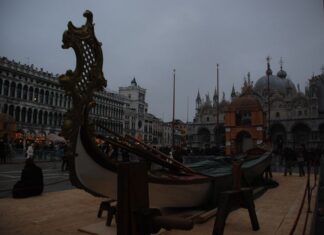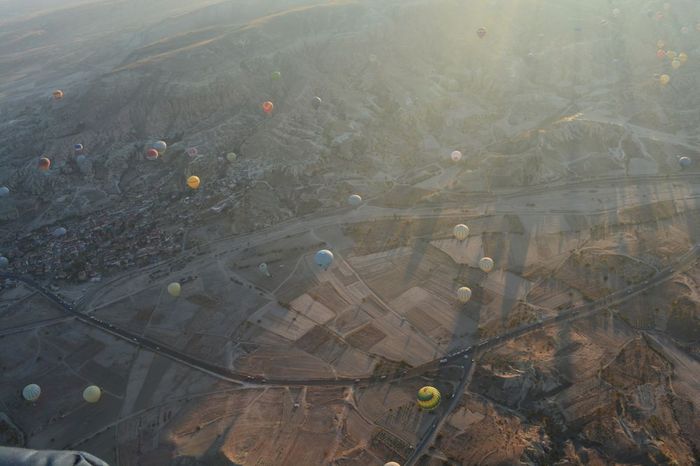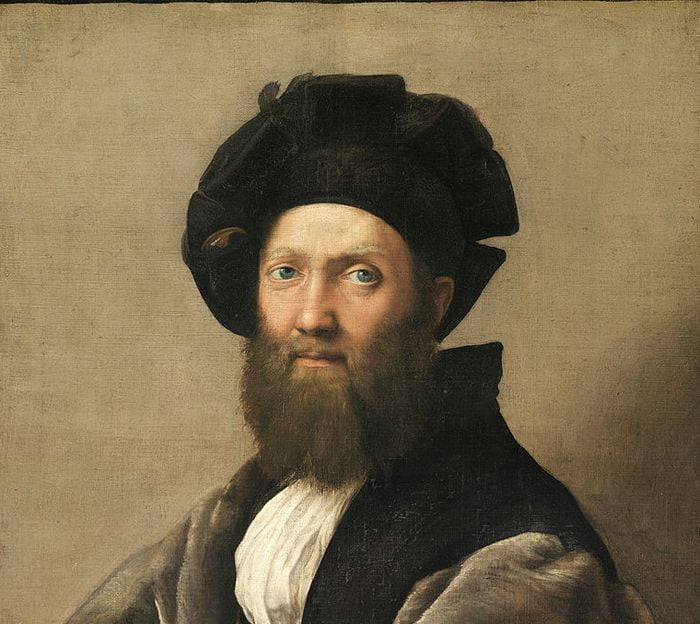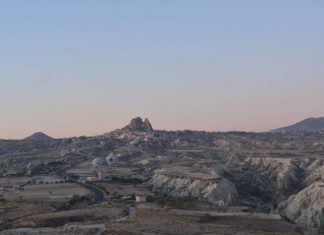Home Blog
Excavations at Old Corinth
The Modern Village
Today, the site of ancient Corinth is occupied by a small village of about fifty or sixty houses. The village includes a...
Diogenes and the Cynics of Ancient Corinth
The Suburb of Kraneion
Where the small schoolhouse now stands, there was once a suburb of ancient Corinth called Kraneion. About 2,300 years ago, it...
Life Among the Ruins
Fields, Schools, and Daily Work
Peasants at Work
Unaware of the artistic and archaeological treasures around them—attractions that draw students and travelers from thousands of miles...
The Good News Reaches Miss Stone
Two days after the ransom was paid, Miss Ellen Stone received a letter from Dr. House. The letter was delivered by the brigands while...
Secrecy Demanded by the Brigands
The kidnappers, or brigands, made very specific demands before accepting the ransom. First, they insisted that the payment be made in gold coins, not...
The Kidnapping of Mme
Branzian and the Ransom Agreement
Mme. Branzian, a French woman, was kidnapped in the year 1896. The people who took her demanded a ransom of...
Protestant Missionaries in Bulgaria
The Work of Missionaries
Protestant missionaries from the United States have been active in Bulgaria ever since the country gained its independence. The missionary work...
Philippopolis a Historic and Vibrant City
A City Founded by Philip of Macedon
Philippopolis is the second-largest and second-most important city in Bulgaria. It has a long and exciting history. The...
Fruit and Agriculture in Bulgaria
Bountiful Fruits and Vegetables
Bulgaria is known for its plentiful fruits. In the valleys, there are many vineyards that produce excellent wine. The country grows...
Press Censorship in the Ottoman Empire
In the Ottoman Empire, strict censorship controls what newspapers can and cannot publish. Proof slips of every article must be approved by a government...
